Our first day on the Biodiversity in East Africa field course began at 5:30am. After a hearty and tasty breakfast supplied by Bunduz staff we left for Nairobi National Park, the oldest national park in Kenya (established 1946). Our activity for the day was a safari game drive, where we had our first encounter with wildlife in Africa. Although the day was gloomy and overcast, we were overwhelmed with excitement for the animals we were about to encounter. When we first entered the park we were surrounded by lush forest, which gradually became a savannah grassland ecosystem, teeming with buffalo and antelopes. Students were busy taking pictures and looking through their binoculars at the vast array of avian life, including ostriches, starlings, oxpeckers, widowbirds, grey herons, blue-headed coucals, hammercops, sacred ibis, African spoon-bill, and secretary birds.
Little did we know that the second part of our journey took a dark turn. Kenya is experiencing an extended wet season currently, creating rough and muddy terrain on the park roads. The bumpy ride was at first exciting and fun, but soon lead to frustration as all of our vehicles became successively stuck in the mud. All hands on deck were needed at this point to get us out of this muddy situation – lots of pushing and digging. Two hours later, with mud spewing everywhere, we all grouped together to eventually help push out all 3 vehicles. Freedom at last.
The silver lining of being stuck for hours in the national park is that we were able to explore Kenya’s biodiversity outside the confines of the truck – albeit staying right beside. We discovered insects of all shapes and colours, including stick bugs, katydids, albino ladybugs, beautifully-hued butterflies, and brightly-decorated caterpillars. The flora was so different from anything that we’d seen in Canada, fueling our curiosity for learning more about biodiversity in Kenya. It’s only been the first day and we have already had an unintentional bonding experience, in which we learned to work together and communicate as a team. Though some small risks are involved and unexpected situations arise that are out of our control, field courses offer the advantage of learning different skill sets that we might not gain using traditional platforms of education. Plus, after we freed ourselves from the mud we got the chance to see giraffes and baboons on our way out of the park!
After the game drive, Carol Muriuki, who works for the National Environment Management Association and is assisting us with this field course, took us to talk with Kenya Wildlife Service (KWS). KWS gave us a presentation to educate us on how they aim to conserve wildlife in Kenya, which was followed by a presentation by personnel associated with the Nairobi Animal Orphanage. We learned that the animal adoption orphanage takes in sick, injured, abandoned, and orphaned animals that would otherwise not stand survive in the wild. We had the opportunity to visit the orphanage, which was filled with warthogs, cheetahs, leopards, lions, hyenas, guinea fowl, African crowned crane, and a lesser spotted-nose monkey. It is truly impressive the sheer number of animals that we’ve seen and it’s only day one!
Overall, today was a great start to our journey!
Click on the photos to see larger images.
- Widowbird with its awesome tail.
- Jan the warthog
- Teamwork!
- Savannah in Nairobi National Park
- On safari
- Sing for KWS Animal Orphanage
- Colourful caterpillar in the grass in Nairobi National Park
- Observing this stuck Land Cruisers
- Maasai giraffe
- Ibises, spoonbills, night-herons and African darters
- Snuggling lions in the orphanage
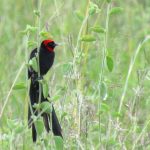
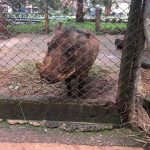
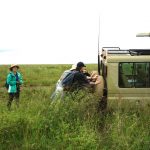
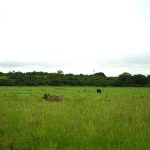

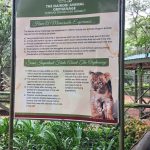
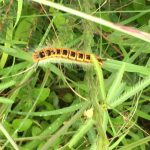
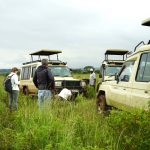

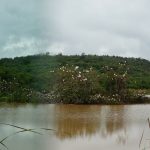
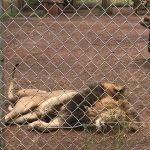
Sounds like an amazing first day despite the mud! Thanks for posting. Look forward to following all your adventures.